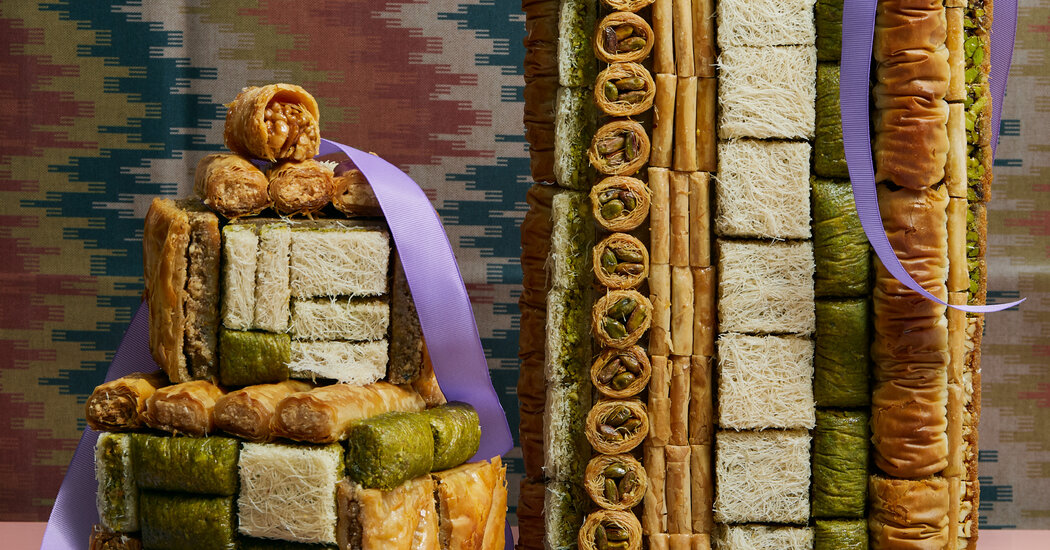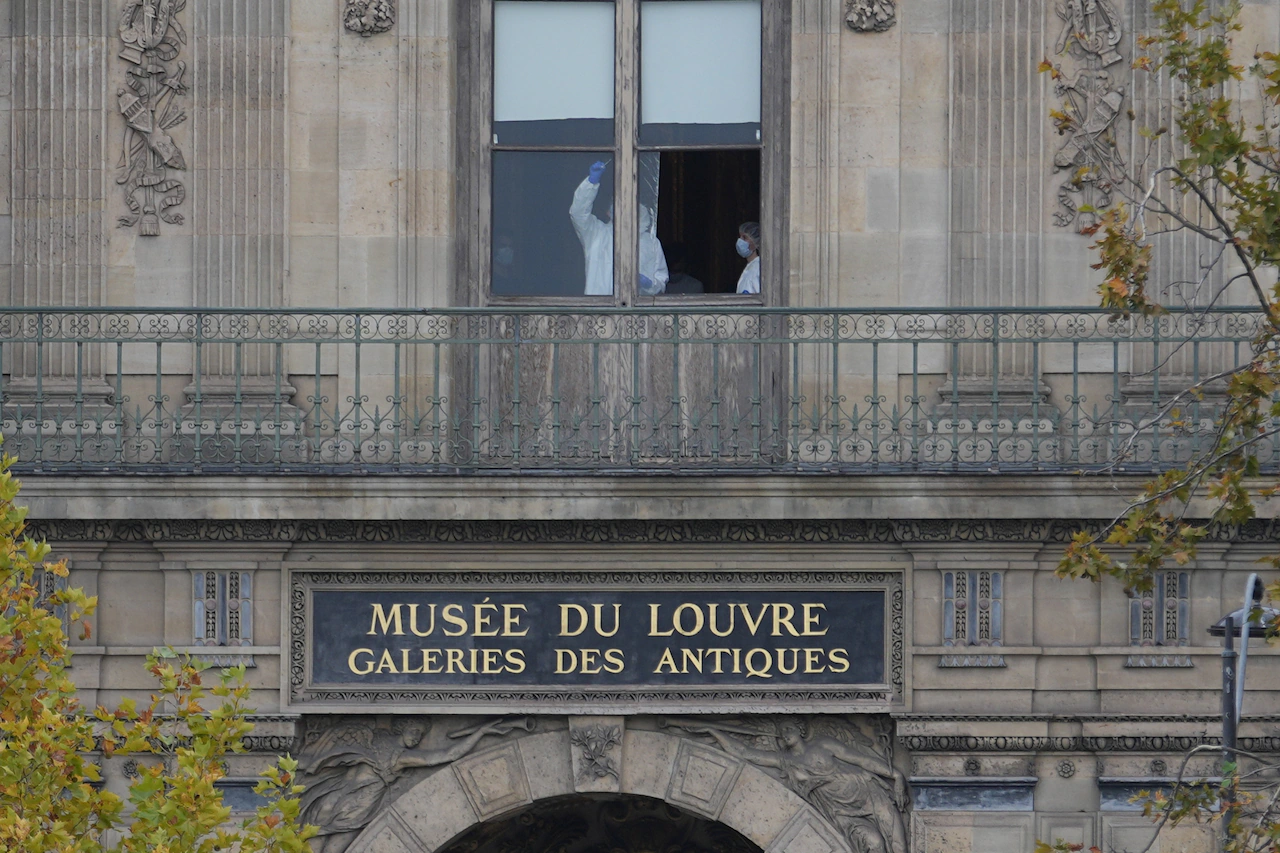Copyright The New York Times

T Magazine|The Infinite Varieties of Baklava Advertisement SKIP ADVERTISEMENT You have a preview view of this article while we are checking your access. When we have confirmed access, the full article content will load. The Winter Travel Issue The Infinite Varieties of Baklava A favorite of 16th-century sultans, the syrup-soaked and oft-reinvented sweet is still beloved by Turkish diners today. Nov. 10, 2025, 5:01 a.m. ET In 16th-century Constantinople, now Istanbul, the royal palace employed so many pastry chefs that its staff of confectioners had their own dedicated mosque. “The sultans had a terrible sweet tooth,” says the Los Angeles-based food historian Charles Perry, 84, and no treat was more celebrated than baklava. Each Ramadan, beginning with the reign of Suleyman the Magnificent (1520-66), the royal kitchens turned out hundreds of copper trays of the confection — pastry layered with chopped nuts and syrup — for the sultan’s troops. The janissaries, as the guard members were known, were presented with the treats and would walk back to their quarters in a widely attended parade known as the Baklava Procession. Even 400 years later, the Turkish military’s craving endured: According to the Istanbul-based food historian Mary Isin, 73, Turkish soldiers insisted on making the pastry while in Allied P.O.W. camps during World War I. Baklava’s origins are often disputed: Early versions have been recorded in what are now Iran and Azerbaijan, and the Greeks have also claimed credit. Still, most food scholars agree that the main building block of the dish — the thin pastry known in Turkey as yufka and elsewhere as phyllo — was pioneered by the nomadic Turks, the word appearing in Turkic dictionaries as far back as the 11th century. According to Isin, by the 15th century, chefs were sandwiching ground nuts between pastry sheets, baking them and drenching the result in sweet syrup to make a dish very similar to what’s sold in Istanbul today. A World of Pastries How baked goods help tell the story of culture across the globe. A taste of bánh in Vietnam, conchas in Mexico, egg tarts in Hong Kong, wienerbrød in Denmark, trompe l’oeil entremets in France, kaab el ghazal in Morocco, convent sweets in Spain, baklava in Turkey and Frankenpastries in New York. Plus find recipes for home baking here. And take a closer look at the covers. Thank you for your patience while we verify access. If you are in Reader mode please exit and log into your Times account, or subscribe for all of The Times. Thank you for your patience while we verify access. Already a subscriber? Log in. Want all of The Times? Subscribe. Related Content Advertisement SKIP ADVERTISEMENT



